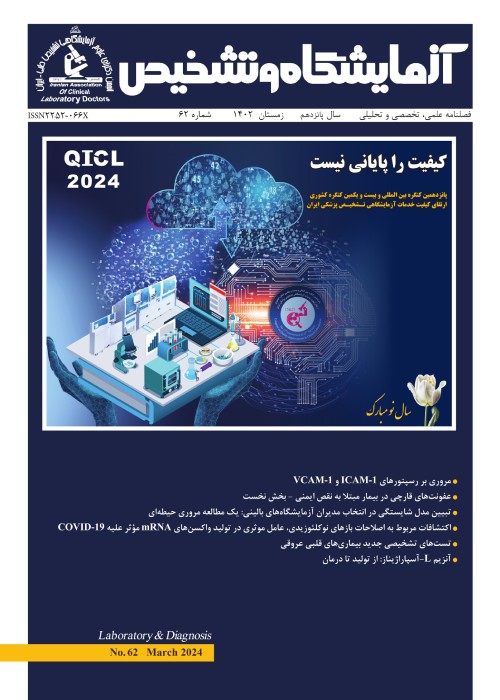Histopathology of Fungal Infections: Yeast infections
Author(s):
Abstract:
Candida spp In the oropharynx, esophagus, and gastrointestinal tract, Candida colonization is typically limited to the superficial portions of the epithelium. In more severe cases, invasion may occur into the submucosa or muscularis. Neutrophilic reaction and necrosis are typical in patients who can muster a granulocytic reaction. In the severly neutropenic patient, coagulative necrosis, hemorrhage and marked vascular invasion without neutrophils is typical, and intravascular thrombi may be found. Candida is usually visible in H&E stained slides, Gram, PAS and GMS stains in tissue. The presence of oval, budding yeast, pseudohyphae, and true hyphae is characteristic of Candida species. The main differential for Candida in tissue is trichosporon, a less common opportunistic fungus that is larger and forms arthroconidia. Candida can be confused with H. capsulatum and Pneumocystis jiroveci cysts. Histoplasma is intracellular, Pneumocystis cysts are slightly larger and more spherical with frequent collapsed forms and also they lack budding. Cryptococcus neoformans The host reaction to Cryptococcus varies with the immune status of the individual and the amount of cryptococcal capsule. In chronic, localized infections, well-formed granulomata are typical. In disseminated infection there is minimal inflammation, although scattered macrophages usually are present. In chronic granulomatous cryptococcosis, granulomata may be found in the lung, brain and meninges, clinically mimicking neoplasia. In tissue, C. neoformans appears as clear to pale blue, thin-walled, round to slightly oval yeast-like cells, often with a narrow, tube-like structure connecting the blastoconidia. Yeast cells vary in size from 2 to 20 µm in diameter, but most are 4-10 µm. Cryptococci may be difficult to visualize in an H&E-stained preparation. In H&E and GMS-stained sections, yeasts are typically surrounded by wide, unstained mucinous capsule. Mucicarmine stain colors the mucopolysaccharide of the cryptococcal cell wall and capsule. The cell walls of B. dermatitidis and Rhinosporidium seeberi are often weakly mucicarmine positive, but their morphology is quitedistinct from that of Cryptococcus. Capsule-deficient forms of C. neoformans may be difficult to find. Fontana-Masson staining is useful for finding capsule- deficient strains.Application of statistical methods to monitor quality control results of ELISA screening tests.
Language:
Persian
Published:
فصلنامه آزمایشگاه و تشخیص, Volume:4 Issue: 15, 2012
Page:
13
magiran.com/p1488581
دانلود و مطالعه متن این مقاله با یکی از روشهای زیر امکان پذیر است:
اشتراک شخصی
با عضویت و پرداخت آنلاین حق اشتراک یکساله به مبلغ 1,390,000ريال میتوانید 70 عنوان مطلب دانلود کنید!
اشتراک سازمانی
به کتابخانه دانشگاه یا محل کار خود پیشنهاد کنید تا اشتراک سازمانی این پایگاه را برای دسترسی نامحدود همه کاربران به متن مطالب تهیه نمایند!
توجه!
- حق عضویت دریافتی صرف حمایت از نشریات عضو و نگهداری، تکمیل و توسعه مگیران میشود.
- پرداخت حق اشتراک و دانلود مقالات اجازه بازنشر آن در سایر رسانههای چاپی و دیجیتال را به کاربر نمیدهد.
In order to view content subscription is required
Personal subscription
Subscribe magiran.com for 70 € euros via PayPal and download 70 articles during a year.
Organization subscription
Please contact us to subscribe your university or library for unlimited access!


